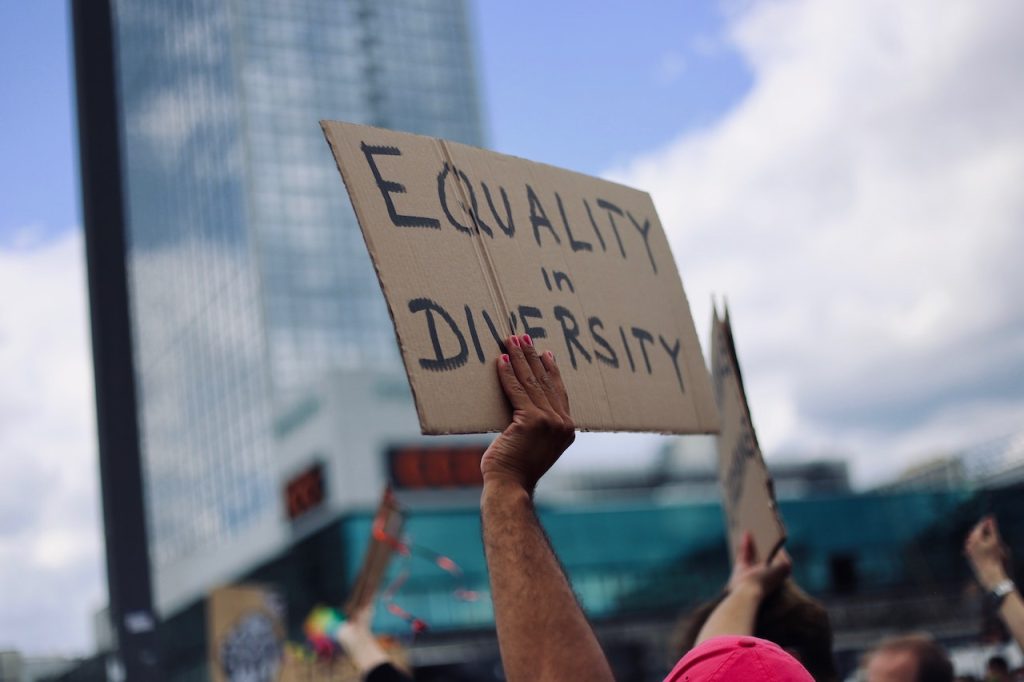
Energy inequality and the inevitable question of needs and luxuries
Prices are rising. Prices are rising. Prices are being raised. We cannot know how many repetitions are needed but likely many more. Right now, we observe energy becoming increasingly unaffordable to large parts of society, particularly those affected by poverty already. What does this imply? Energy is not like any other commodity, it is foundational and intertwined with every hour of our daily life. Liquid fuel prices were raised by more than 70% in the European Union in July 2022, and this is likely just the beginning of further price escalations.1 What often is not focussed sufficiently in discussions on inflation is that Inflation changes the distribution of income and power in society. Not all sectors of the economy are equally affected, not all income groups are hit uniformly.2 The hike in energy prices confronts us to look at inequality of energy use and the issue of energy poverty.
In his book “Killingfields of Inequality” Göran Therborn offers a helpful way to understand inequality by distinguishing resource, vital and existential inequality.3 Let’s look at each in the present context of soaring energy prices. Resource inequality is about the material dimensions of inequality: income, wealth and physical resources. What we see is that energy consumption (much like consumption of any other material or emitting carbon) is very closely linked with money: the richer a person, the more energy they consume. On a larger scale, high-income countries use proportionally more energy per capita than low-income countries. The data is so consistent that some people even suggest using energy consumption as a measure for inequality.4 Now take a look at the following map of global energy inequality.5

We see that the difference in energy consumption per person varies widely and appeals to “save energy” leave less scope for low-income households. It is obvious that richer people can adapt much easier to such price changes (including investing in energy saving measures like thermal insulation) whereas poorer classes are hit hardest, often remaining locked into inefficient appliances or heating systems.
But looking at resource use alone does not capture the depth of what inequality does. Inequality is also a matter of well-being, health and life expectancy, what Therborn calls vital inequalities. Studies on energy poverty show direct impacts on health ranging from physical to mental illnesses. And there are other indirect health implications of inflation: the more I need to spend on energy, the less income disposable for healthy nutrition. Furthermore, think of chronic stress, which is the day-to-day reality of many deprived households. This leads us to consider existential equality, which describes what inequality does to a person’s dignity, it is about their place in society and about social participation. The recent price hikes exclude even more people from the “normal” lifestyle in a society and the psychosocial consequences can be captured in one word: shame. Put the puzzle together and you can get a sense of the meaning and detrimental effects of energy poverty.6 Now energy poverty is not a separate issue from energy inequality.
One thing we can learn from the current situation is that our societies are pacified by the availability of cheap energy. As long as energy prices remain cheap, distributional questions seem like less of an issue (which is true for many other production factors like cheap work or cheap carbon emissions). Particularly in high-income countries where many people are used to affording energy-intensive lifestyles. In the “new” reality of limited energy supply (or the need to reduce energy consumption due to a limited carbon budget) every kilowatt hour energy used for luxury consumption competes with the energy required to satisfy basic needs. Imagine this conflict of demands on a global scale and you see the importance Inequality plays and will also play with regard to the climate crisis. The present energy crisis has great potential to escalate social tensions that already exist due to inequalities. The good news is: we do actually know that it is materially possible to provide sufficient energy for a decent living standard for even up to 10 billion people without making our planet uninhabitable. What the scenarios show is that such a world that works for all would require a massive reduction in energy inequality and prioritisation of energy use for basic needs instead of luxury goods.7
References
1 https://evonomics.com/the-truth-about-inflation-why-milton-friedman-was-wrong-again/
2 https://www.sciencedirect.com/science/article/pii/S0959378020307512
3 https://www.researchgate.net/publication/235388737_The_Killing_Fields_of_Inequality
4 https://www.bbvaopenmind.com/en/economy/global-economy/energy-and-inequality/
5 https://ourworldindata.org/per-capita-energy
6 https://www.statista.com/statistics/1328128/eu-energy-inflation-rate-by-commodity/
7 https://energy-poverty.ec.europa.eu/energy-poverty-observatory/what-energy-poverty_en
All links retrieved on 06/09/2022.
by Sven-David Pfau, Wirtschaftsuniversität Wien






